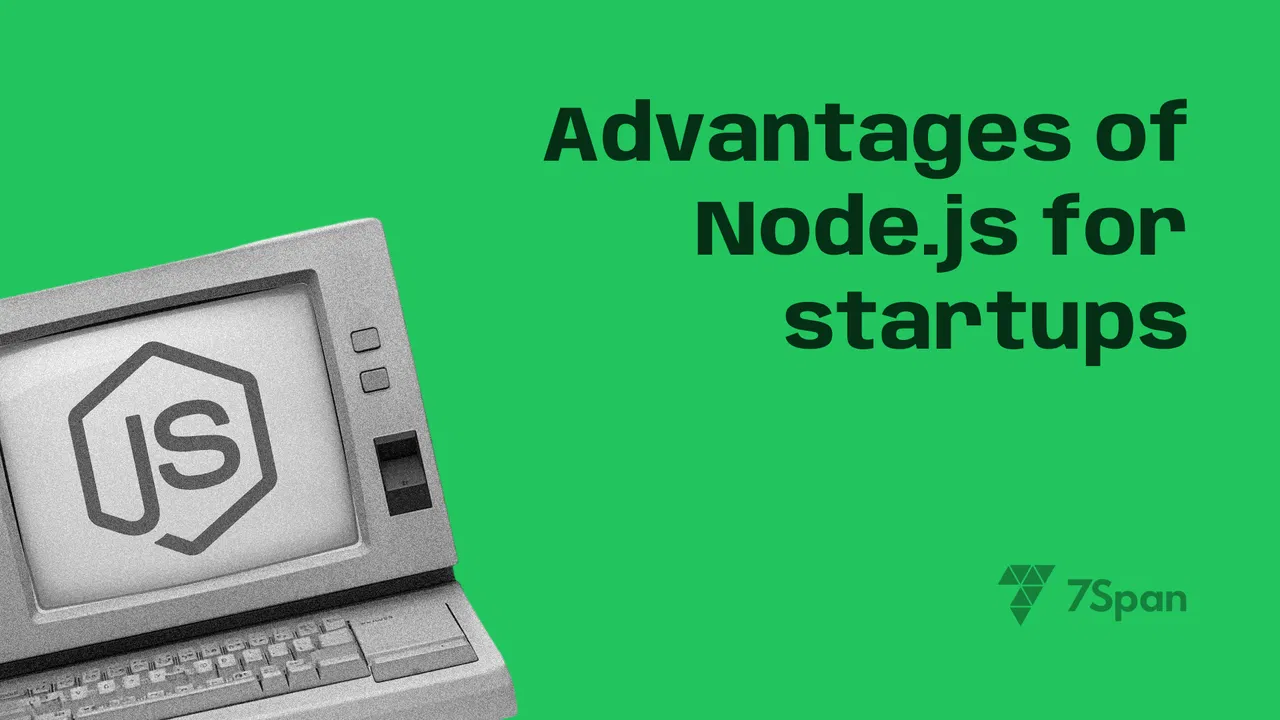Code First vs Design First: Which One Are You Choosing?
03 December 2024
The age-old debate of "chicken or egg" has found a new battleground in API development: code-first versus design-first. Let's settle this argument once and for all.
What is API Design First Vs Code First?
As the name implies, Code First is the oldest trick in the book to get the client on board the quickest, but can lead to inconsistent documentation and misaligned user needs.
Whereas Design First is a more time-consuming approach, resulting in clearer APIs and better teamwork, it can be overly complex.
Let's learn more about these approaches.
Why is API Documentation Important?
When developing APIs, one critical area often overlooked is the initial user interaction before the final product is complete. Many developers dive straight into coding, but this could lead to a disconnect between what they build and what users truly need. As the API evolves, user feedback is essential, and relying solely on a lengthy feedback loop—where input comes only after significant code has been written—often results in inefficiencies.
Code-First: Faster Development
The code-first development is like building a house without any plans. You start by laying the foundation and putting up walls, then later decide where the windows and doors should go. While this method can be exciting for those who prefer to feel the code beneath their fingertips, it can also lead to problems for others to keep up with.
By playing devil's advocate, Code-First has its single benefit which is a faster development process that results in faster onboarding of clients this is why this approach is practiced often and is popular.
But this speed can create issues. Without a clear plan, the API can become messy with inconsistent features, extra endpoints, and confusing code.
Let's Look at the Pros and Cons of the same.
Pros:
- Faster development (Quicker Client Onboarding)
Cons:
- Outdated and inaccurate documentation
- Wasted time and effort building APIs that don't meet user needs
- Difficulty keeping code and documentation in sync
Design-First: Blueprint for Success?
On the other hand, we have the design-first approach. This method focuses on creating detailed plans before starting to build. It involves outlining the API's endpoints, data structures, and expected responses before any coding takes place.
The design-first approach is praised for producing clear and consistent APIs. It encourages teamwork since everyone is on the same page about the API's goals. However, spending a lot of time on design can be slow, and there's a chance of making things too complicated. It’s like taking months to perfect house plans only to find a big problem once you start building.
Let's See the Pros and Cons of Design first approach
Pros:
- Early user feedback and mock server testing
Cons:
- Treats design as a one-time phase (design is iterative)
- Difficulty in making changes later (immutable services are not always practical)
- Risk of creating design-less future versions
The Middle Ground
Coming halfway and compromising is the best way to deal with inconsistent code and overthinking the API designs, here’s what I will suggest for the most power-packed API development.
Start with a simple design to outline the API's main functions. As you develop, you can refine that design based on real feedback and insights. This method combines the speed of code-first with the structure of design-first.
Ultimately, the right approach depends on your team's dynamics - whether you're working with a genius developer, an experienced professional, or a group of 20-year-olds.
Additionally, it’s essential to consider the project limitations and the API's complexity. A well-designed API is like a finely tuned engine—it offers performance, reliability, and user satisfaction.
Wrapping up!
Design first or code first? It’s a choice every developer faces. Do you dive straight into coding, or do you pause to plan and design meticulously?
Whichever path you choose, the ultimate goal is the same: getting things done efficiently and effectively. This guide is crafted to simplify the process, helping you strike the right balance between speed and precision.
At the core, it’s all about simplicity, efficiency, and results. Whether it’s tackling challenges head-on or adapting to businesses unique needs, we’re here to deliver real outcomes every step of the way.
👉 Reach out today to start the conversation, and let’s bring your ideas to life!
WRITTEN BY

Harsh Kansagara
Chief Operations Officer
Driven by memes and functional thinking, I excel at solving complex problems. With over a decade of experience in designing, crafting, and launching websites, mobile apps, and desktop apps, I bring a profound understanding of UI design, visual communication, and usability principles. 💪 I'm constantly observing, learning, and building because the design isn't just a process; it's a comical dialogue between people and technology if you can hear it well. 🙌
WRITTEN BY
Harsh Kansagara
Chief Operations Officer
Driven by memes and functional thinking, I excel at solving complex problems. With over a decade of experience in designing, crafting, and launching websites, mobile apps, and desktop apps, I bring a profound understanding of UI design, visual communication, and usability principles. 💪 I'm constantly observing, learning, and building because the design isn't just a process; it's a comical dialogue between people and technology if you can hear it well. 🙌
An interesting read? Here is more related to it.
Making IT Possible
Making IT Possible
Making IT Possible
Making IT Possible
Making IT Possible
Making IT Possible
201, iSquare Corporate Park, Science City Road, Ahmedabad-380060, Gujarat, India
For Sales
Looking For Jobs


